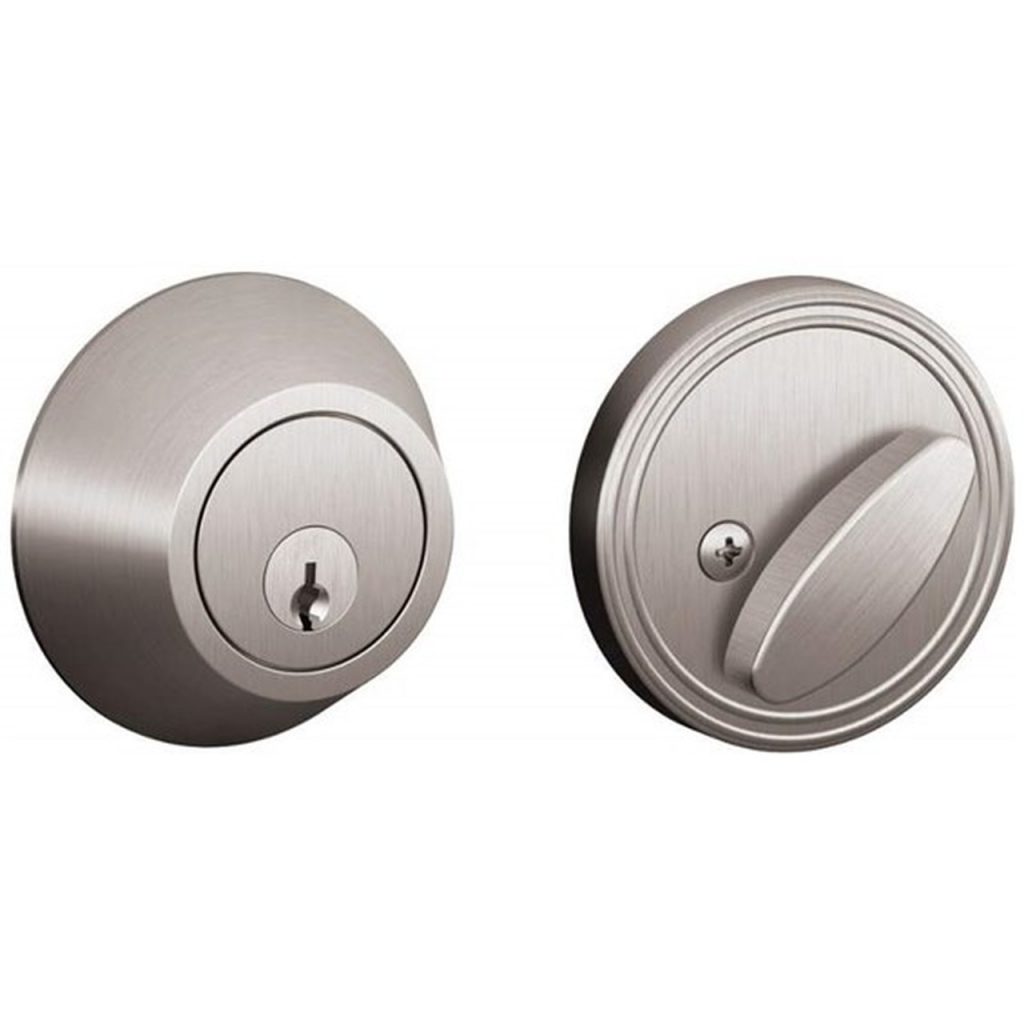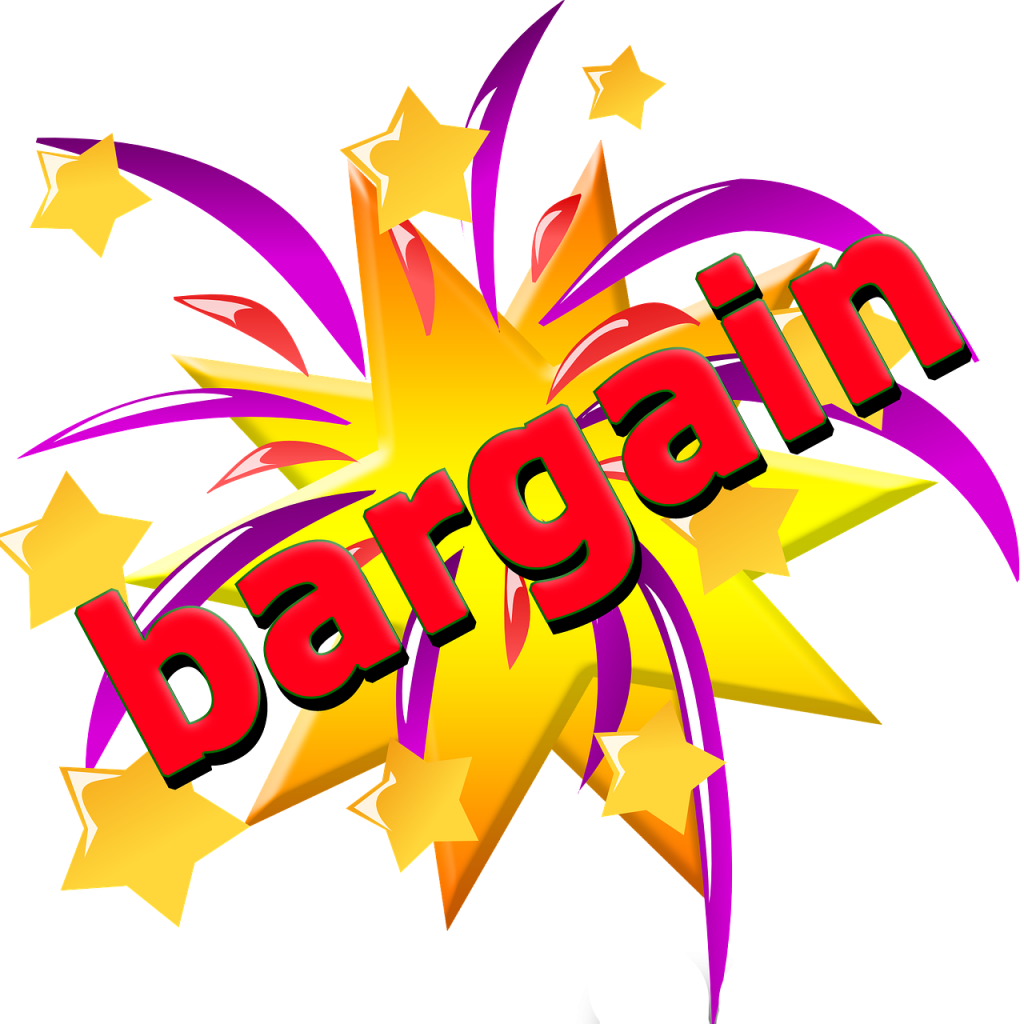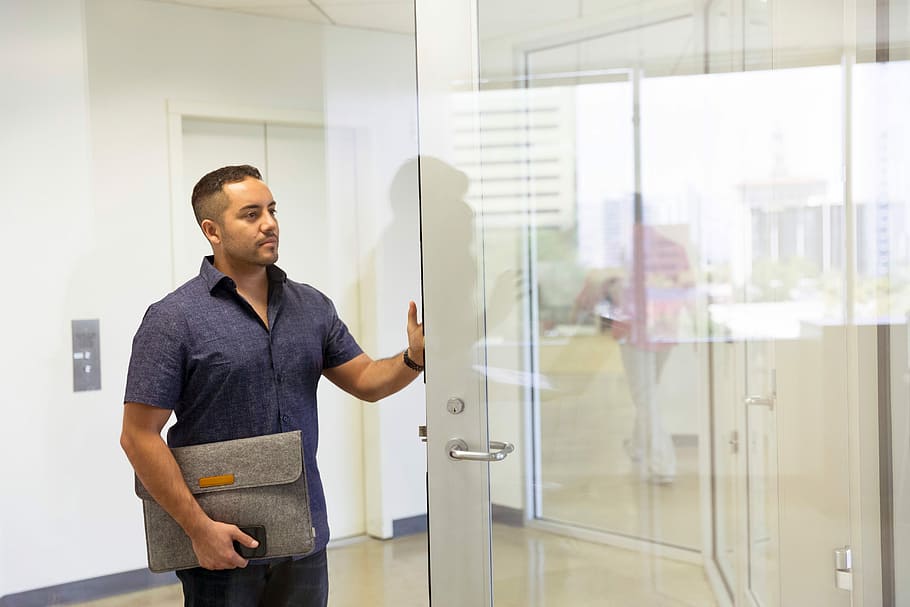We often refer to locks as your “first line of defense” against crime. After all, locks secure your main entry points. Failing to secure your doors properly can render any additional security measures useless. Unfortunately, many home and business owners fail to follow best practices when choosing and installing their locks. Sometimes, this comes from failing to properly evaluate the situation and choose the proper equipment. Other times, people choose the proper equipment, but fail to install it securely. Furthermore, sometimes choosing the right locks but creating an insufficient keying system hinders security. In this post, we aim to help you avoid common lock installation mistakes to enhance your security.
We will begin by looking at the importance of choosing the right locks for the job. This includes choosing locks that do not hinder your security, as well as choosing a high-quality product when needed. From there, we will also address what happens when people install locks incorrectly. Finally, we will address the importance of creating an effective master key system. The best locks in the world still fail when a door’s keys fall into the wrong hands. Master key systems can help lower this risk when created carefully. Now, let’s get started with a look at how people end up with the wrong locks in the wrong places.
Purchasing the Wrong Locks for the Application
Many of our customers find themselves intimidated by the many choices they face when selecting locks. On one hand, this variety can greatly enhance security when customers make the proper choices. On the other side of this coin, variety leads to more opportunities to make the wrong decision as well! In this section, we’ll look at why this happens, and how to avoid it. First, we’ll review how keeping a door’s surroundings in mind can help you choose the right locks. From there, we’ll look at how choosing a lock with the proper locking function can enhance security as well.

Single-sided deadbolts, such as this model by Schlage, allow you to unlock the door from the inside without a key.
Keeping Your Surroundings in Mind
Sometimes, people install sturdy locks correctly, yet still find ways to create security risks. For example, installing single-sided deadbolts on doors with large windows allows burglars to simply break the glass and unlock the door. Most deadbolts, such as the one pictured here, have a “keyed” side that requires a key to unlock, as well as one side that you can unlock by turning a thumb turn. We recommend installing these locks on doors that you may need to use to escape a fire. After all, the last thing you want during a fire is to have to find a key to escape. However, double-sided deadbolts can add security to the more remote doors of your property that feature windows.
Furthermore, we offer deadbolts that have a removable thumb turn. These locks combine the security of a double-sided deadbolt with the fire safety of a single-sided lock. These locks are created by elite lock manufacturers, such as our preferred lock manufacturer, Medeco, and they combine the security of a double-sided deadbolt with the safety of its single-sided counterpart. Simply remove the thumb turn when leaving your property, and replace it when returning! Next, let’s look at another lock design option that deserves consideration when choosing door hardware.
Finding the Lock Function that Works for You
As you can see, choosing the wrong type of lock for a job represents one of the many lock installation mistakes we see. Above, we looked at choosing the proper deadbolt design. Additionally, you should prioritize selecting the proper function of the door knob or lever that you install as well. A lock’s function determines the way it works to either keep people out or let them in. These functions have specific titles that describe the way people use them. For example, “passage” function doorknobs and levers do not have a lock on them. This makes it impossible to accidentally lock any door that does not need to lock. Of course, having passage function equipment on doors that should lock, such as rooms in a house or business that store valuables, could lead to trouble.
“Entrance” function locks make up arguably the most popular lock function. These locks have a keyway on one side, and a thumb turn on the other side. After unlocking these levers or knobs with a key, the doors stay unlocked until someone locks them again using either a key or the thumb turn. On the other hand, “storeroom” function locks can be unlocked with a key, but then remain locked after the door closes. This allows property owners to keep rarely-used doors from accidentally remaining unlocked for long periods of time.

While bargain-priced lock equipment saves our customers money, they generally cost them dearly in terms of the security they offer.
Finally, “privacy” function locks have a push-button lock on one side. Often installed in bathrooms, these locks allow customers to allow those inside a room to lock it from the inside, with no danger of the door staying locked once the room is empty. For information on even more locking functions, check out our Primer on Commercial Lever Functions. Next, let’s look at why allowing price point to determine your lock purchases can hurt your security.
Choosing “Value” Over Quality
All of us have heard the old adage that “you get what you pay for.” This sentiment runs especially true in the security industry. Many customers express surprise at how much the quality of lock hardware varies. In fact, lock hardware quality varies so much that the industry uses a three-point grading system designed by the American National Standards Institute (ANSI) and Builders Hardware Manufacturers Association (BHMA)to measure a lock’s quality!
Lock manufacturers often seek out ANSI/BHMA certification for their product lines. Tests are meant to gauge factors such as bolt strength, security, the ability to withstand impact and force, and quality of finish, among others. Allegion, one of the biggest global providers of security products, provides this helpful guide to door hardware testing. The lowest-quality hardware receives a “Grade 3” designation, with the best scoring in at Grade 1. As you can probably guess, Grade 2 falls right in the middle. Grade 2 locks represent a step up from Grade 3, without having quite the quality of a Grade 1 lock.
Unfortunately, most locks found in hardware stores for bargain prices fall under “Grade 3” quality standards. Burglars can easily pick these locks, or drill them to gain access to your property. With locks as much as with many other products, you often get exactly what you pay for. Before purchasing locks, look at the packaging to see if you can determine what grade of lock you are buying. If you cannot find this information, assume that you are holding a Grade 3 lock. While installing these locks still beats installing no locks at all, we do not recommend using them. Instead, look into installing a lock that will last longer while providing more security. Now, let’s look at the installation process itself and how this creates one of the most common lock installation mistakes!
Failing to Install Lock Equipment Properly
Customers make a couple mistakes when installing their own locks. Often, they will install locks in a less-than-secure fashion that makes it easier for thieves to breach the locks. Installation mistakes can occur both on the door and on the door’s frame. For example, installing a lock too far towards the center of the door will hinder the lock’s bolt from sliding as far into the frame as it should. This makes it much easier to use a brute force attack to open a door. Additionally, failing to cut a proper-sized hole into the frame can create this same issue. Many steps of lock installation lend themselves to potential errors that could hurt security. For more information on this issue, read up on our post explaining How to Change Your Locks Effectively! Now, let’s look at the importance of creating an effective master key system to ensure door security.

Master key systems allow efficient access to specific doors. For instance, business employees often receive a key that grants them access to a front door and their own office.
Creating an Inefficient Master Key System
Master key systems allow customers to create a secure, convenient system of keys for their property. Handing out one key that opens every door can occasionally lead to security issues. On the other hand, creating a different key for every single door generally proves tedious. After all, property owners with full access to their property do not want to walk around with dozens of keys. Master key systems solve both of these issues. These systems have one key (the “master” key) that works every door on a property. From there, customers can create keys that unlock other sets of doors as well. For example, homeowners can create keys that open exterior doors, but not bedrooms.
Creating an effective master key system allows our customers to hand out keys that only allow access to the proper areas. On the other hand, failing to fully flesh out a master key system’s design can lead to people using keys to gain entrance into areas of a property that they should not be able to access. If you have questions about designing your own master key system, we recommend calling a professional locksmith, such as ourselves! We frequently work with customers to both design and install master key systems that provide the proper level of security.
Putting it all Together to Avoid Lock Installation Mistakes
We hope that this post helps you avoid lock installation mistakes! Furthermore, we encourage you to contact us with any questions you may have about the material in this post. We will happily discuss your lock-related concerns with you to help you choose the right locks for the job. Additionally, we can visit your property to create a quote for locks if desired. We provide free site surveys for both residential and commercial lock customers. While on site, we can make recommendations based on what we see. Together, we can create and install a systems of locks that provides your home or business with the best first line of defense possible!
